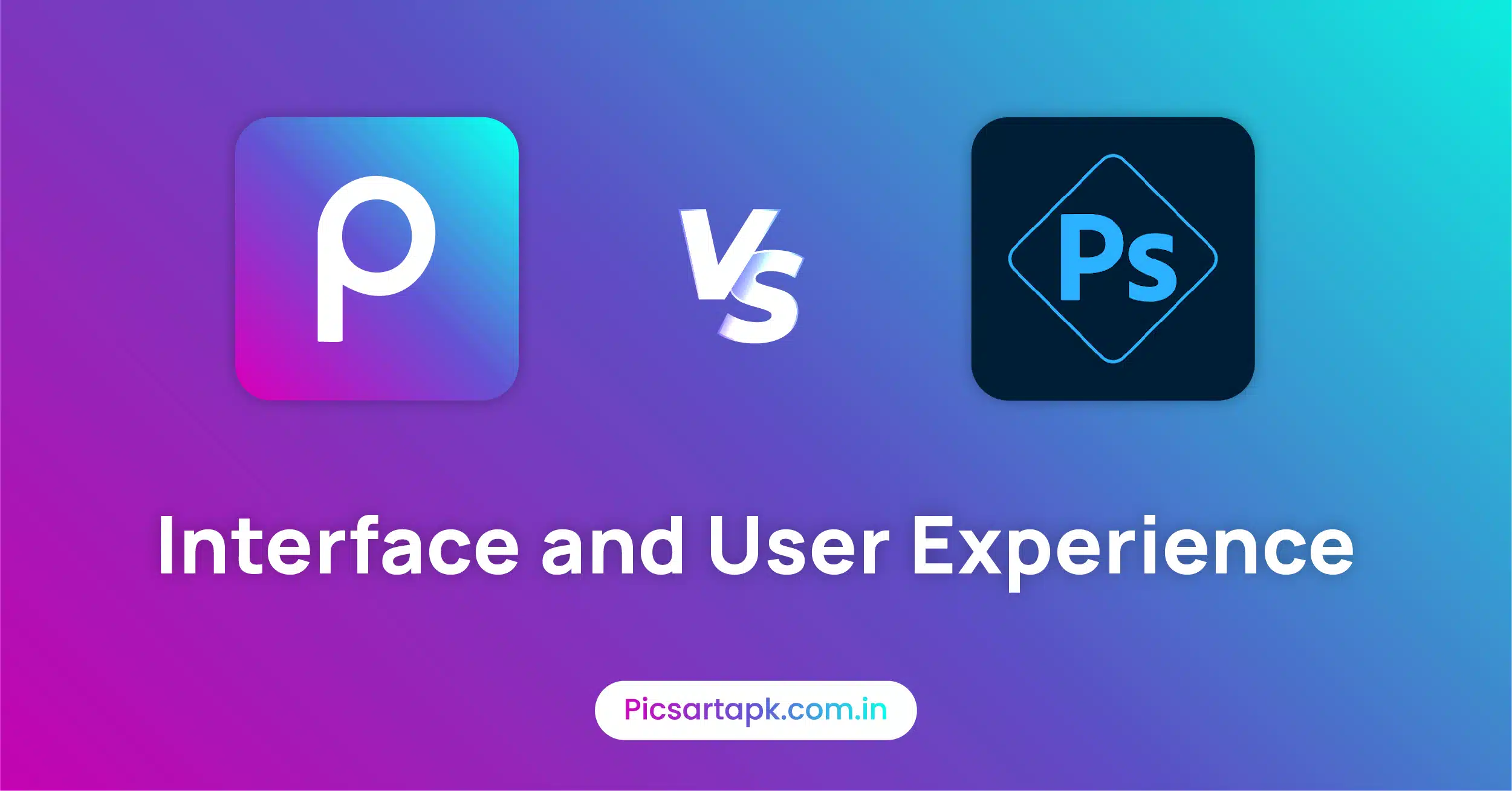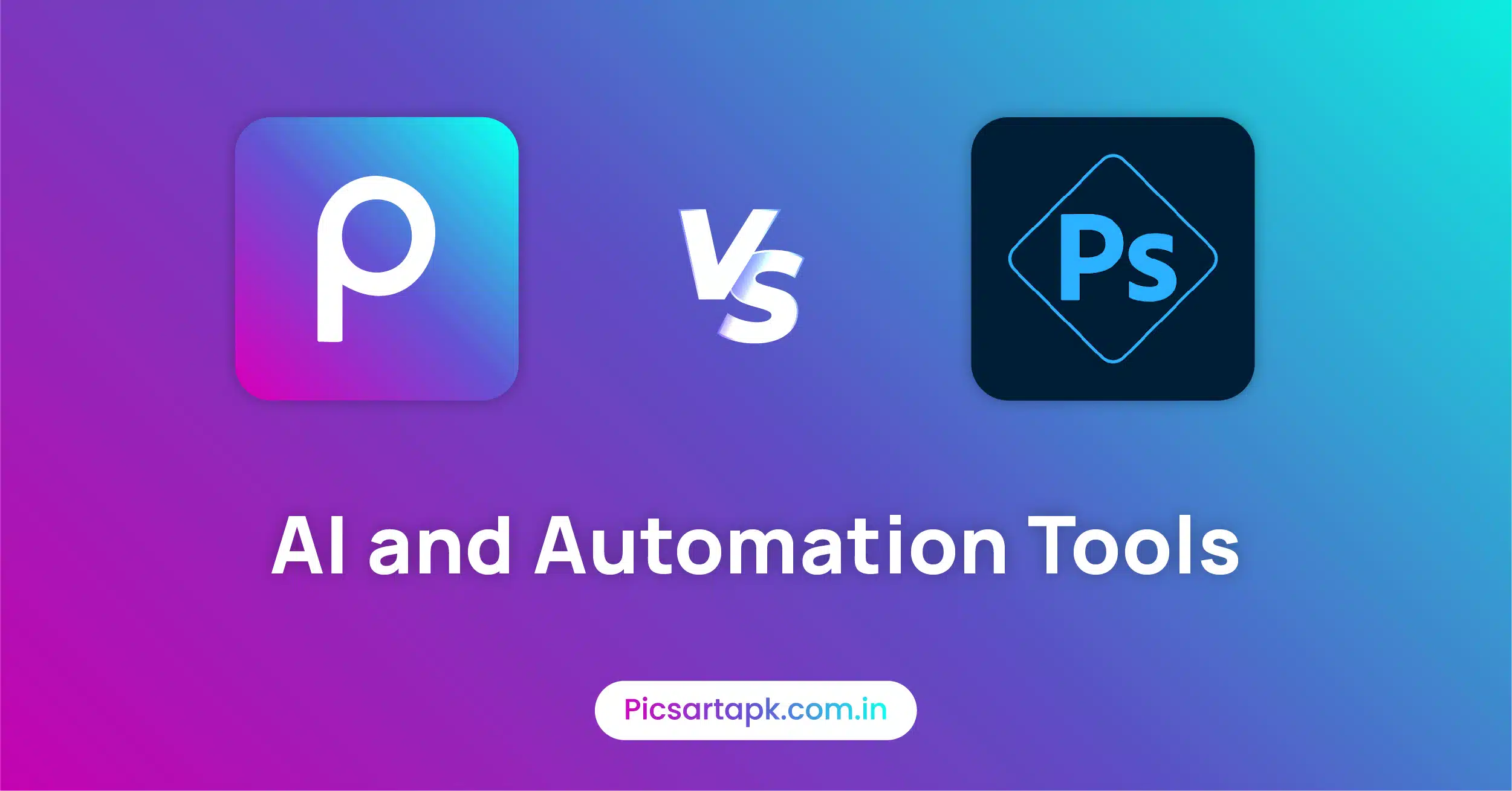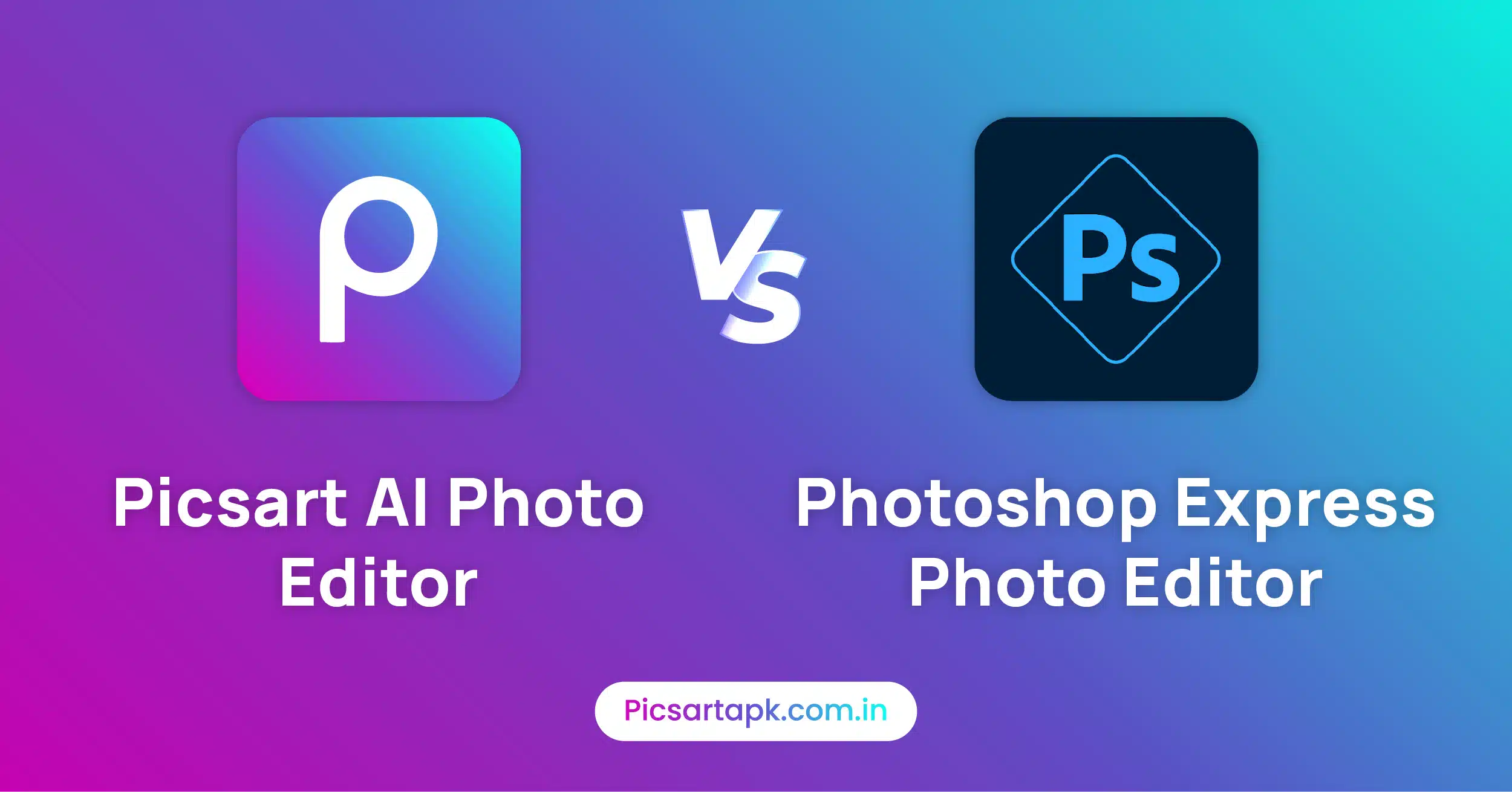Picsart vs Photoshop Express: A Professional Comparison for Modern Creators
As visual content becomes central to digital communication, the demand for powerful, intuitive photo editing tools has grown significantly. Whether you’re managing a brand’s social media presence or refining personal photography, choosing the right editing platform is critical.
Two standout mobile applications—Picsart and Photoshop Express—have emerged as leading contenders. While they both aim to deliver accessible yet powerful photo editing capabilities, their approaches differ in scope, design philosophy, and audience alignment.
This comparison provides a professional, in-depth look at Picsart vs Photoshop Express for 2025. We’ll examine technical features, workflow efficiency, editing depth, creative flexibility, and real-world use cases, ensuring your choice is grounded in both data and experience.
Product Philosophy and Ecosystem Integration
Understanding the core philosophy behind each app helps clarify how they serve different user segments.
Picsart was built as a creativity-first platform. It targets a broad user base—social media creators, influencers, entrepreneurs—who value design flexibility and fast visual transformation. Its integration with cloud libraries and AI tools speaks to a mobile-first, rapid-creation ethos.
Photoshop Express, by contrast, is an extension of Adobe’s professional-grade ecosystem. Though simplified for mobile use, it reflects Adobe’s focus on precision, consistency, and professional output. It’s designed for users who value editorial control, non-destructive editing, and workflow integration with tools like Lightroom and Photoshop CC.
Adobe’s commitment to consistency across devices and software makes Photoshop Express a gateway to their full creative suite. Professionals can begin an edit on mobile and seamlessly transfer it to desktop for advanced post-processing. Picsart focuses less on cross-device continuity and more on making quick, impactful visuals.
Interface and User Experience

Both apps are designed to function efficiently on mobile devices, but their interfaces cater to different types of users.
- Picsart offers a colorful, accessible UI that prioritizes ease of navigation and discovery. Editing tools are front-loaded with previews and one-tap filters. It encourages experimentation with stickers, collage tools, AI effects, and overlays.
- Photoshop Express leans toward a clean, professional layout. Toolbars are icon-based with contextual sliders for precision adjustments. While there’s a slight learning curve, the experience is logical and free from clutter—ideal for users familiar with Adobe’s broader ecosystem.
For professional environments where visual consistency and clean exports are priorities, Photoshop Express provides a more deliberate editing experience. For fast-paced creative output, Picsart wins on agility.
Additionally, both apps are evolving their UX design. Picsart now includes gesture-based editing and guided tutorials that reduce the learning curve. Photoshop Express has integrated contextual pop-ups and workflow tips that guide users through more complex edits.
Editing Capabilities: Depth vs. Flexibility
Core Editing Tools
Both apps support essential photo editing functions—cropping, exposure adjustment, sharpening, white balance, and filters. However, their implementation and depth vary.
- Photoshop Express supports RAW photo editing, blemish removal, gradient masking, and selective adjustments. Its smart auto-enhance feature, powered by Adobe Sensei, intelligently corrects exposure and tone without distorting image fidelity.
- Picsart offers hundreds of artistic filters, AI-generated styles, and real-time effects. It excels in creative tools like glitch effects, dispersion, and color splash. While it doesn’t support RAW, it favors speed and artistic expression over precision.
Advanced Tools
When it comes to higher-order tasks like retouching, layering, and color grading, Photoshop Express has more editorial control, while Picsart offers simplicity and visual impact in fewer steps.
Both apps now offer a background removal tool, an increasingly valuable asset for creators. In Picsart, background removal tool is fast and visually effective for social media content. In Photoshop Express, it delivers cleaner results with better edge detection, useful for professional design workflows.
Photoshop Express also introduces selective healing and masking capabilities previously reserved for desktop-class software. Picsart is introducing generative fill features to automate creative decisions based on AI pattern recognition.
AI and Automation Tools

The rise of generative AI has reshaped photo editing, and both apps have integrated intelligent tools to streamline workflows.
- Picsart includes AI-generated avatars, stylized effects, and smart background replacements. These tools focus on trend-driven outputs and aesthetic appeal.
- Photoshop Express uses Adobe Sensei AI to power auto-tone correction, adaptive filters, and intelligent cropping. These tools focus on realism, technical refinement, and minimizing manual adjustments.
In a business or client-facing environment, Photoshop Express provides more control over results. Picsart, however, enables high-volume creative production with minimal technical overhead.
Another emerging difference lies in the customization of AI tools. Adobe allows users to adjust the intensity of AI enhancements, whereas Picsart’s AI outputs tend to be binary and stylized.
Templates, Collages, and Content Creation
Picsart positions itself as an all-in-one creative suite. It offers:
- A library of pre-designed templates for platforms like Instagram, TikTok, and YouTube
- A built-in collage maker with flexible layouts
- Storyboarding tools for reels and promotional content
This makes it a preferred choice for social media managers or freelance designers creating high volumes of branded content.
Photoshop Express includes templates, but they’re more restrained. Its collage tools prioritize clean layout and image clarity. While not as expansive creatively, it ensures content quality remains high, even when repurposed across platforms.
Both platforms support sticker packs, overlays, and fonts, but Picsart has a broader collection, regularly updated with pop culture trends. Photoshop Express focuses on professional, minimalistic design elements ideal for brand-centric outputs.
Performance and Device Optimization
Both apps are optimized for iOS and Android platforms, but performance varies depending on device capabilities.
- Picsart performs best on newer devices with strong GPUs. Some AI features may lag or crash on older phones.
- Photoshop Express maintains better consistency across devices. Its codebase, supported by Adobe’s infrastructure, handles high-resolution images and RAW formats with minimal delay.
In addition to stability, Adobe offers support for color profiles and output settings essential for photographers who need color accuracy. Picsart app, while stable on high-end devices, is tuned more toward real-time effects than export-ready fidelity.
Picsart vs Photoshop Express: Pricing
| Feature | Picsart | Adobe Photoshop Express |
| Free Version Available | Yes | Yes |
| Monthly Subscription | ~$5.99 | ~$4.99 |
| Annual Plan | ~$35.99 | ~$34.99 |
| Supports RAW Editing | No | Yes |
| Cloud Integration | Partial | Full (via Adobe Cloud) |
| Student Discount | No | Yes (via Adobe ID) |
Picsart’s value lies in its sheer volume of creative features and its social-focused toolkit. Photoshop Express offers a more professional-grade toolset at similar pricing, with the added benefit of Adobe ecosystem integration.
For agencies, freelancers, and students already embedded in Adobe’s ecosystem, Photoshop Express provides added long-term value. Picsart, however, appeals to independent creators seeking quick solutions without a steep learning curve.
Conclusion: Which App Is Right for You in 2025?
Choosing between Picsart and Photoshop Express depends on your objectives:
- For content creators, marketers, and influencers, Picsart offers the speed, templates, and design tools to produce large volumes of compelling content quickly.
- For photographers, designers, and brand managers, Photoshop Express provides reliable, high-quality editing with professional outputs and integration with Adobe’s broader ecosystem.
If your goal is speed and creativity, Picsart AI Photo Editor wins. If your goal is consistency, control, and quality, Photoshop Express leads. Both platforms are mature, actively developed, and backed by strong user communities. Ultimately, the better app is the one that aligns most closely with your creative workflow.
FAQs
Which app offers better performance on mid-range smartphones?
Photoshop Express generally performs more reliably across device types. It’s optimized for efficiency and handles larger files with stability.
Can I use Picsart professionally for client work?
Yes, but it depends on the nature of the work. For social media graphics, product visuals, or digital ads, Picsart is suitable. For editorial or print-quality output, Photoshop Express is more robust.
Does either app support RAW photo editing?
Only Photoshop Express supports RAW editing, making it more suitable for professional photographers.
How accurate is the background removal in these apps?
Picsart’s background removal is fast and works well for social content. Photoshop Express offers more refined edge detection and allows manual correction, which is better for commercial-quality use.
Are there any free alternatives to these apps?
Free alternatives like Snapseed and Canva exist, but they either lack the AI depth (Snapseed) or the professional tone (Canva). Both Picsart and Photoshop Express offer free versions with limited capabilities but high output quality.
Which app is better for beginners?
Picsart is more beginner-friendly due to its intuitive design and instant effects. New users can start editing without needing a tutorial. Photoshop Express, while more powerful, may require familiarity with editing principles to be used effectively.
Does either app support video editing?
Picsart supports basic video editing features such as trimming, adding effects, and music overlays. Photoshop Express currently does not offer native video editing, focusing exclusively on still imagery.
